You don’t have to travel to Britain’s Alnwick Poison Garden to encounter deadly foliage—you merely need to take a walk through your living room or a stroll through your backyard.
There were 47,616 people exposed to potentially toxic or fatal plants in 2016, according to the latest data from the American Association of Poison Control Centers and of the 12 that died, two were children ages five or under.
Since our ignorance of the plant world can cost us dearly, we rounded up some of the most commonly encountered fatal plants—as well as what they’ll do to you if you ignore our warnings. Take a look at the list below.
The Castor Bean
Even if you don’t realize it, you’re likely very aware of the castor bean’s most dangerous toxin, ricin. Ingesting just one or two castor bean seeds is near the lethal dose for adults, and children are much more vulnerable—a single seed can kill, as Breaking Bad fans well know. Cornell’s College of Agriculture and Life Sciences call it “one of the most poisonous naturally occurring substances known,” and list its symptoms as abdominal pain, vomiting, diarrhea, and within a few days, severe dehydration, a decrease in urine, and a decrease in blood pressure.
In short: Even if you’re a fan of castor oil, stay far away from castor beans, and keep them away from your kids.
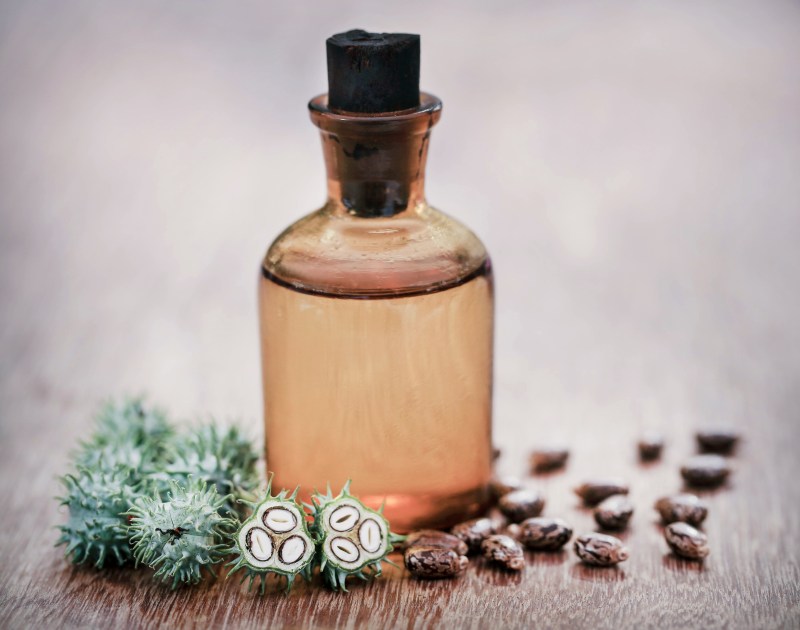
Rhubarb Leaves
Admittedly, you’d have to eat a lot of rhubarb leaves to die, but it can still happen. The stalks are the only part of this plant okay to eat, which is something World War I-era Britons would have loved to have known—the leaves were mistakenly recommended as a food source on the home front, killing at least one person and sickening countless others. Even if you cook the leaves, it can still send you into a fit of vomiting, convulsing and coma, followed by a rapid death.
Stick to the pie.
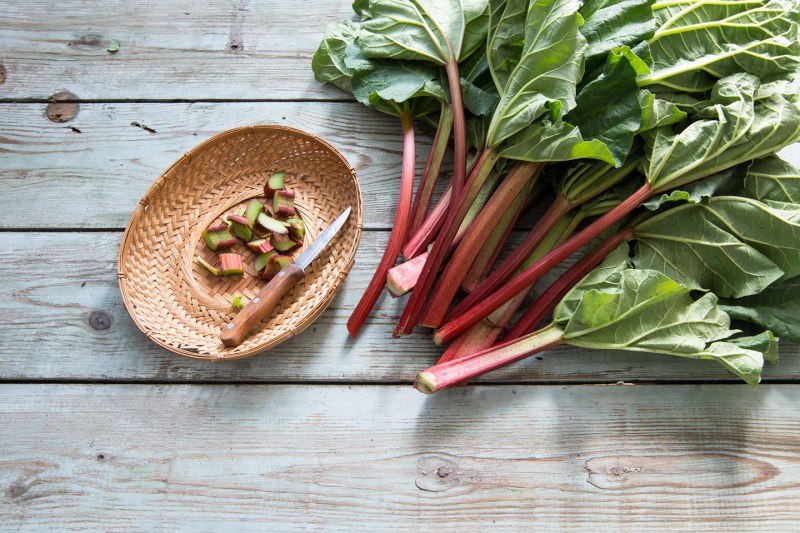
Daphne
Lady laurel, paradise plant, dwarf bay: whatever name you may call Daphne, don’t put it anywhere near your mouth, as just a few of the plant’s brightly colored berries can kill a child, and eating even one berry as an adult can cause “intense burning in the throat and mouth” as well as upset stomach, headaches, diarrhea, delirium and convulsions. A coma and then death could follow.
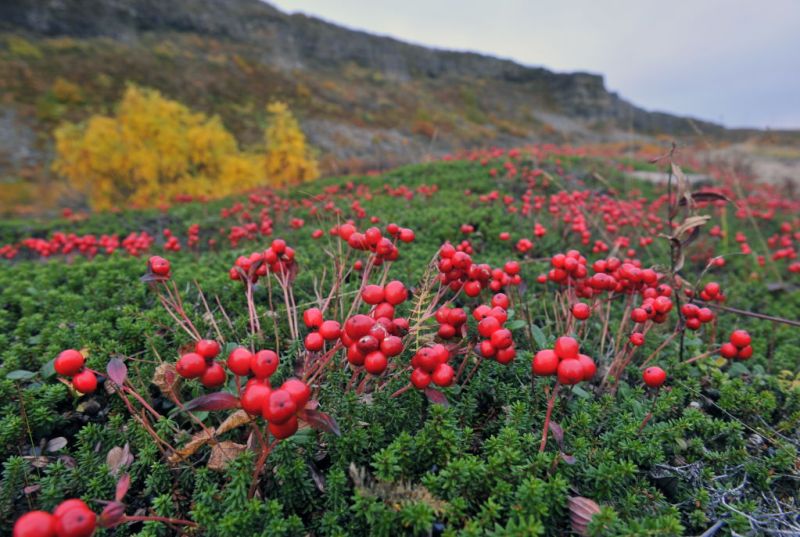
Mistletoe
Don’t tell your girlfriend, but mistletoe kills people.
Kissing under it is fine, but the Poison Control Center recommends you stick to the American species if you’re using it as a decoration this winter, as the leaves and berries from other species, especially European, can kill your children and pets. The American species is less dangerous, they say, but still will cause “gastrointestinal upset” if swallowed unintentionally.
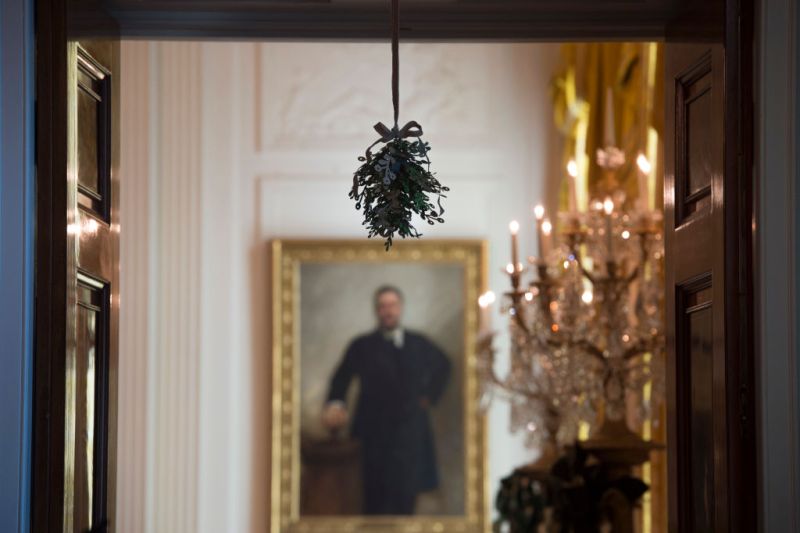
Water Hemlock
You might remember this plant from history class.
Famed Greek philosopher Socrates was forced to drink a concoction made from it after being found guilty of heresy in Athens and sentenced to death. The scene inspired Jacques-Louis David’s 1787 painting, The Death of Socrates.
As for how it relates to your every day: This unassuming plant is one of North America’s most deadly. Within one hour of eating this plant, you’ll experience any range of unpleasant symptoms—delirium, nausea, convulsions, abdominal pain, seizures and vomiting—that often lead to death. Water hemlock can be found all across the United States.
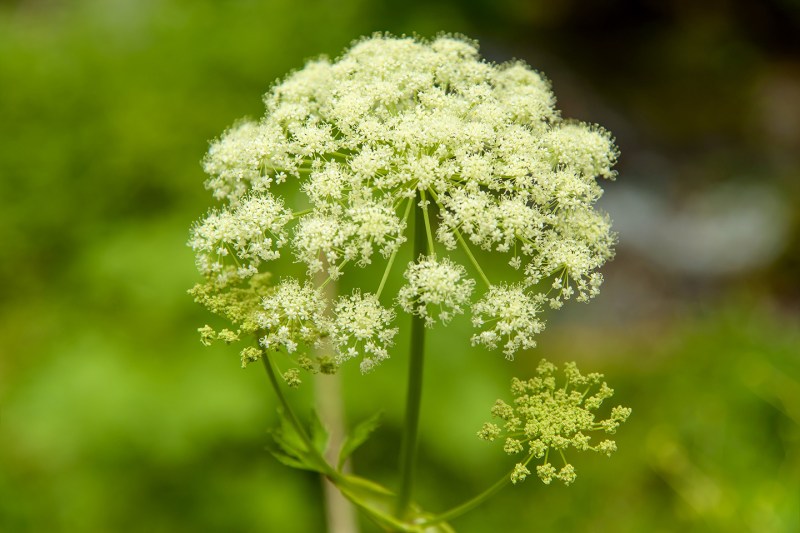
This article appeared in an InsideHook newsletter. Sign up for free to get more on travel, wellness, style, drinking, and culture.

























